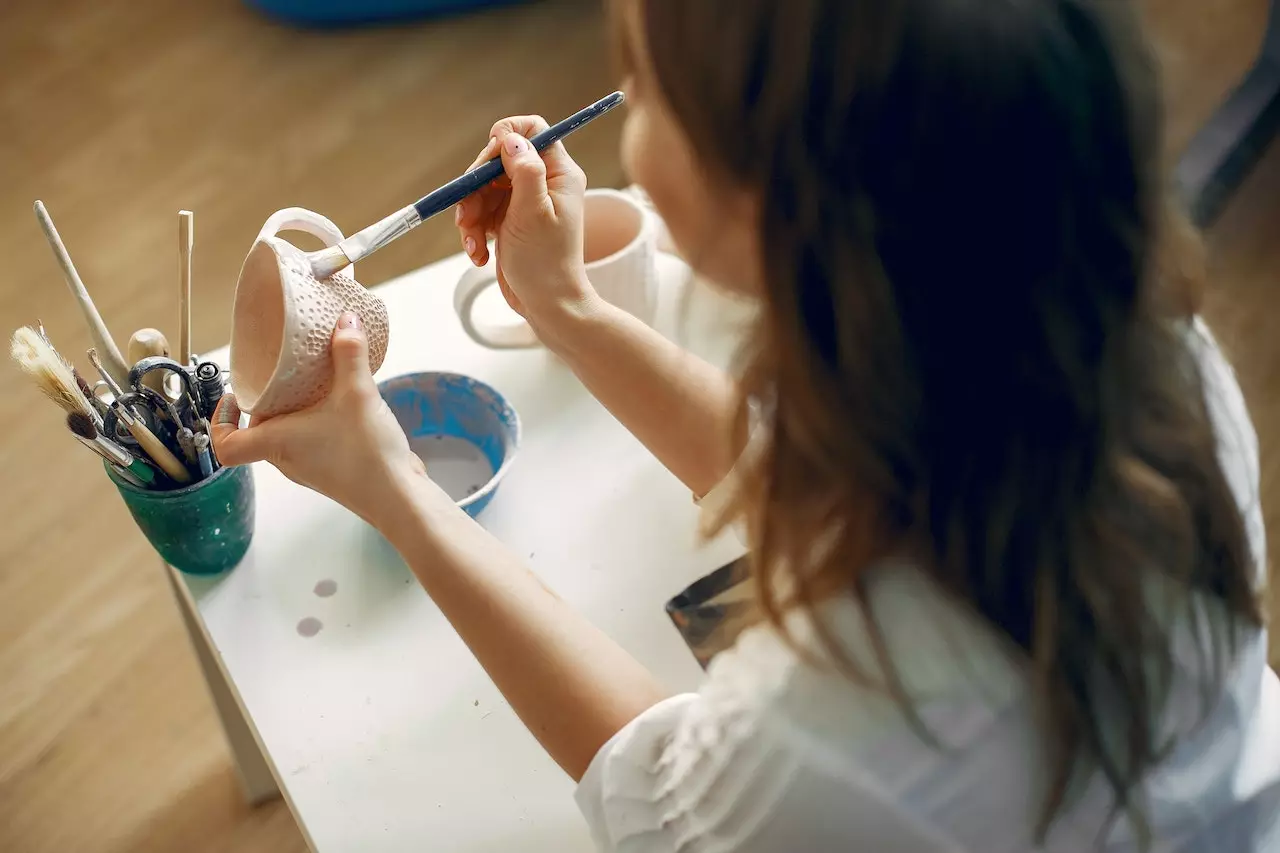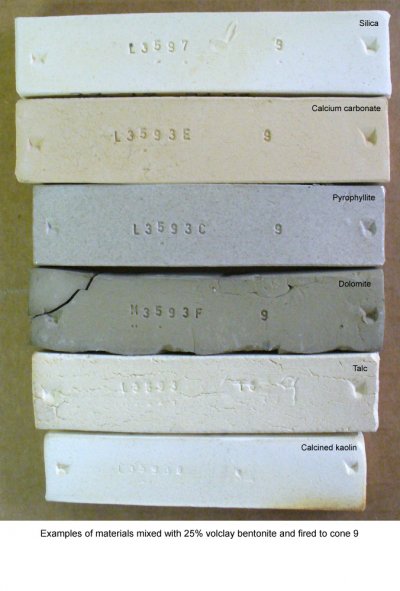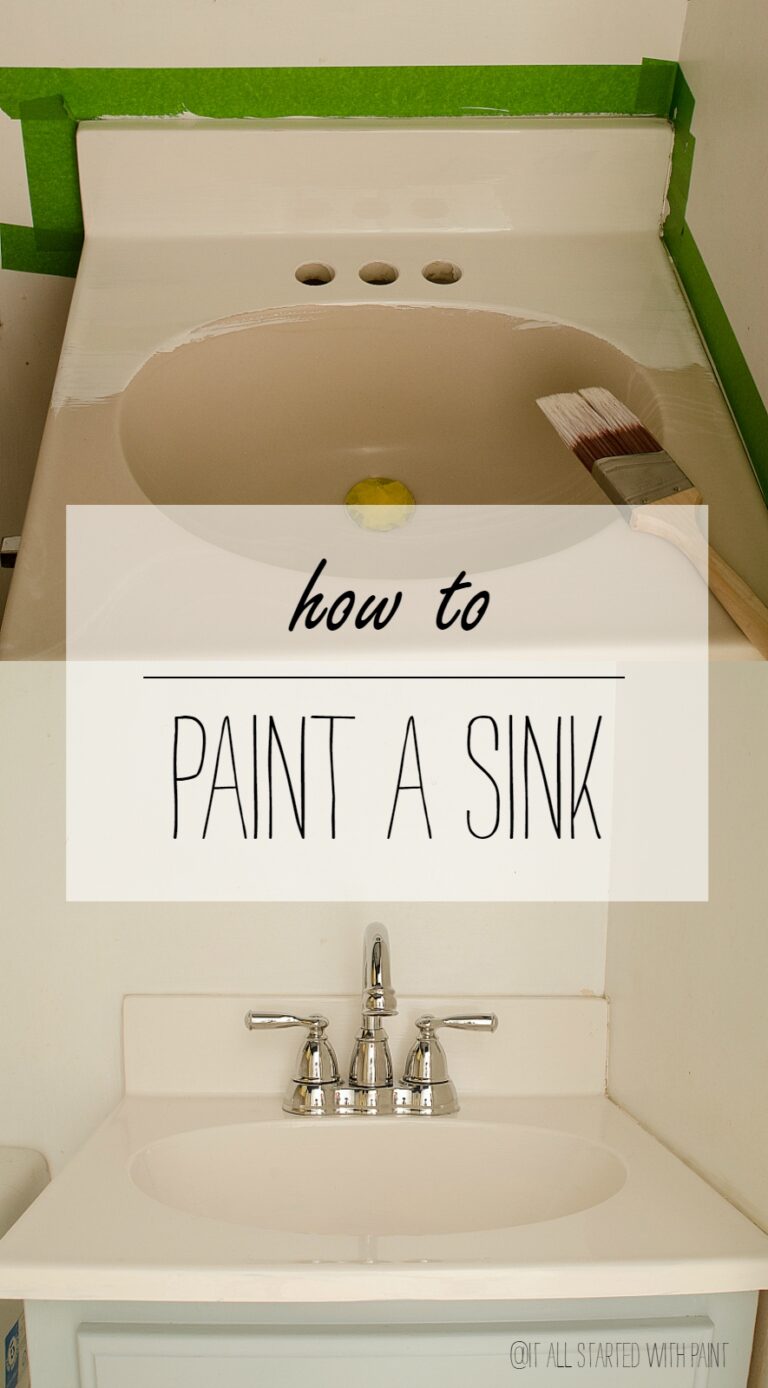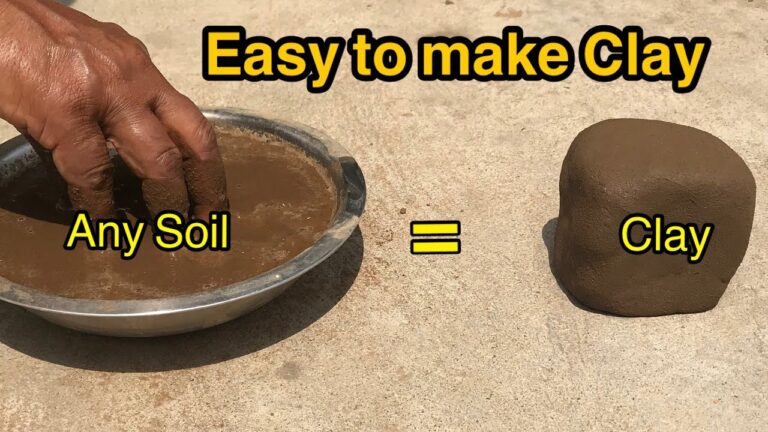How Does Pottery Painting Work
Pottery painting is a fascinating art form that allows individuals to express their creativity and create beautiful, personalized ceramic pieces. Whether you’re a beginner or an experienced artist, pottery painting offers a unique opportunity to unleash your imagination and create one-of-a-kind masterpieces.
In this article, we will explore the process of pottery painting, the materials and techniques involved, and the joy it brings to both artists and enthusiasts.
1. Introduction
Pottery painting has a rich history that dates back thousands of years. It is an ancient art form that has evolved over time, incorporating various styles, techniques, and cultural influences. Today, pottery painting has become popular among people of all ages, offering a creative outlet and a means of self-expression.
2. What is pottery painting?
Pottery painting involves applying colorful designs and patterns to ceramic objects such as bowls, plates, vases, and mugs. It allows individuals to transform plain, unadorned pottery into unique, visually appealing works of art. The process typically includes selecting the pottery, preparing it for painting, applying base coats and designs, and finally glazing and firing the finished piece.
3. History of pottery painting
Pottery painting has a rich history that can be traced back to ancient civilizations. It has been found in archaeological sites around the world, showcasing the creativity and artistic abilities of our ancestors. From ancient Greece to China, pottery painting has been a significant form of artistic expression throughout history.
4. Materials and tools for pottery painting
To get started with pottery painting, you will need a few essential materials and tools. These include pottery pieces, paintbrushes of various sizes, ceramic paints, underglazes, glazes, water containers, palettes, and a kiln for firing the finished pieces. It is important to choose high-quality materials to ensure the longevity and durability of your painted pottery.
5. Techniques and styles of pottery painting
Pottery painting offers a wide range of techniques and styles to explore. Some popular techniques include brushwork, sponging, stenciling, sgraffito, and resist. Each technique offers a unique way to apply colors and create interesting textures and patterns on the pottery.
Additionally, there are various styles of pottery painting, such as traditional, contemporary, abstract, and decorative, allowing artists to find their own creative voice.
6. Choosing the right pottery for painting
When selecting pottery for painting, it is important to consider the shape, size, and surface texture of the piece. Flat surfaces and smooth textures are generally easier to work with, especially for beginners. It is also crucial to ensure that the pottery is suitable for firing in a kiln, as some types of ceramics may not withstand high temperatures.
7. Preparing the pottery for painting
Before painting, the pottery needs to be properly prepared. This includes cleaning the surface to remove any dust or debris, and if necessary, sanding the pottery to create a smoother surface for painting. It is also essential to handle the pottery with care to avoid any accidental damages during the painting process.
8. Applying the base coat
Applying a base coat is the first step in pottery painting. The base coat acts as a foundation for the design and helps the colors to stand out. It is usually applied in a single, even layer using a large brush or sponge. The base coat can be a solid color or a gradient, depending on the desired effect.
9. Adding designs and patterns
Once the base coat is dry, it’s time to add designs and patterns to the pottery. This is where the artist’s creativity shines. From intricate floral motifs to abstract geometric shapes, the possibilities are endless. Artists can use paintbrushes, sponges, or even their fingers to create different textures and effects on the pottery.
10. Using different painting techniques
To add depth and visual interest to the pottery, artists can utilize various painting techniques. Brushwork allows for precise details and fine lines, while sponging creates a softer, more textured appearance. Stenciling is a great way to achieve consistent patterns, and sgraffito involves scratching through layers of paint to reveal the base coat beneath.
11. Adding details and finishing touches
Details and finishing touches are what bring a pottery painting to life. Artists can add highlights, shading, and accents to enhance the design. Small brushstrokes, dots, or lines can make a significant difference in the overall appearance of the piece. It’s essential to take your time and pay attention to the small details that make a painting truly unique.
12. Glazing and firing the pottery
Once the painting is complete, the pottery needs to be glazed and fired in a kiln. Glazing not only adds a glossy finish to the pottery but also acts as a protective layer, making it safe for everyday use.
Firing the pottery in a kiln ensures that the colors become permanent and the piece becomes durable. The firing process involves subjecting the pottery to high temperatures, causing the glazes to melt and fuse with the ceramic surface.
13. Care and maintenance of painted pottery
To ensure the longevity of painted pottery, proper care and maintenance are essential. It is recommended to hand wash painted pieces to avoid damage from harsh dishwasher detergents.
Avoid exposing painted pottery to extreme temperature changes, as it can cause the ceramic to expand or contract, leading to cracks or breakage. With proper care, painted pottery can be enjoyed for many years to come.
14. Benefits of pottery painting
Pottery painting offers a multitude of benefits beyond just creating beautiful art. It is a therapeutic and relaxing activity that can help reduce stress and anxiety. It allows individuals to explore their creativity and improve their focus and concentration. Pottery painting also provides a sense of accomplishment and pride in creating something unique with your own hands.
FAQs
1. Can I use regular acrylic paint for pottery painting?
No, regular acrylic paint is not suitable for pottery painting. Ceramic paints and underglazes specifically designed for use on ceramics are recommended for the best results.
2. Do I need a kiln to fire my painted pottery?
Yes, firing painted pottery in a kiln is necessary to ensure the durability and permanence of the colors. It also allows the glazes to melt and fuse with the ceramic surface.
3. Can children participate in pottery painting?
Absolutely! Pottery painting is a great activity for children to explore their creativity and develop their artistic skills. However, adult supervision is recommended, especially when using the kiln.
4. How long does it take to complete a pottery painting project?
The time required to complete a pottery painting project depends on various factors, such as the complexity of the design, the size of the pottery, and the drying and firing times. It can range from a few hours to several days.
5. Can I use my painted pottery for food and drinks?
Yes, painted pottery that has been properly glazed and fired is safe to use for food and drinks. The glazes create a protective layer that makes the pottery food-safe and durable.
15. Conclusion
In conclusion, pottery painting is a creative and rewarding art form that allows individuals to transform plain ceramics into personalized works of art. From selecting the pottery and applying the base coat to adding intricate designs and finishing touches, the process of pottery painting offers endless possibilities for artistic expression.
Whether you’re a beginner or an experienced artist, pottery painting provides a joyful and fulfilling experience that can be enjoyed by people of all ages.






